Most Popular
Korean History
-
1
2014 ferry disaster left scars that never healed
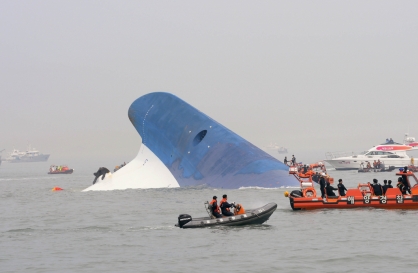
-
2
In 2012, K-pop makes leap from 'Gangnam' to the world
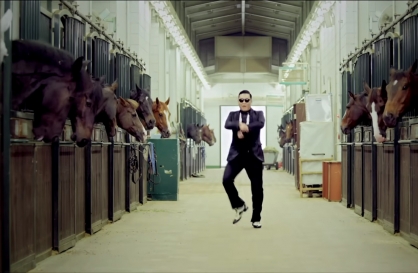
-
3
Deadly sinking of Navy ship in 2010 marks worst postwar military disaster
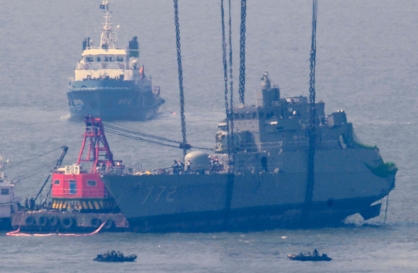
-
4
In 2008, Korea's National Treasure No. 1 went down in flames
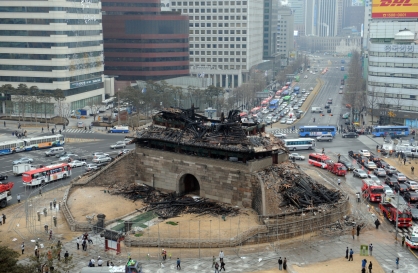
-
5
In 2005, science world’s biggest scandal unravels in Seoul
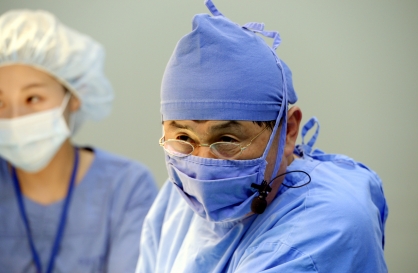
[Korean History] Lifting of curfew in 1982 signals exit from era of repression in daily life
Nightly restriction cleared after 36 years to boost economy, national image ahead of Seoul Olympics
By Kim So-hyunPublished : April 12, 2023 - 17:53
Every night at 10 p.m., over soft music, a female voice actor on the radio would tell teenagers to go home as it had gotten late.
After 11 p.m., people would rush to take the last buses and taxis. All stores and bars would close before 11:30 p.m.
At the stroke of midnight, sirens would blare and steel barricades would be placed on the streets. Neighborhood patrollers would blow their whistles at anyone still out on the street and those spotted would do their best to run away.
This was South Korea’s typical night scene for 36 years and four months until the midnight-to-4 a.m. curfew was lifted on Jan. 5, 1982.
Coming just three months after Seoul was selected as the host of the 1988 Summer Olympics, the scrapping of the curfew by the Chun Doo-hwan administration was largely intended to boost the country’s image, as well as the economy, ahead of the 1986 Asian Games and the Olympics.
But in retrospect, the lifting of the curfew signaled an exit from an era in which what Koreans take for granted now – freedom – was routinely restricted in the pretext of protecting public safety, national interests or other lofty ideals.
Until just two years prior, in 1980, police would go around measuring how short women’s skirts were and cutting men’s hair with scissors if it was too long for their standards under a law against misdemeanors.

In the '70s, women wearing skirts with hemlines stopping at more than 20 centimeters (or 17 cm for Jongno Police Station in Seoul) above the knee were told to rip off the stitches on the hems to make the skirts longer, to change into other clothes, or were even detained.
“Men whose hair is so long that the gender can’t be specified” were taken to police stations and let go only after they wrote notes that they would get a haircut or actually got one at a nearby barbershop. Those who refused to were forced to undergo a summary trial.
From 1980 through 1981, Chun’s military dictatorship also ran a concentration camp called “Samchung re-education camp” where more than 60,000 people were sent after being arrested without warrants for mostly minor offenses or protesting against the military regime, and suffered various human rights violations.


As for the 10 p.m. to 4 a.m. curfew, it was first enforced under a US Army Administration decree from Sept. 8, 1945, shortly after the end of 36 years of Japan’s colonial rule.
It was initially put into place only in Seoul and Incheon, but was expanded nationwide from April 1954 after the 1950-53 Korean War.
In 1961, the hours were reduced to midnight through 4 a.m. Jeju and North Chungcheong Province were exempted from the nightly restriction in 1964 and 1965, respectively.
If caught by the patrollers for being outdoors after midnight, one would be forced to undergo a summary trial to be slapped with fines or detention.
A 1971 song titled “Parting at Midnight” by singer Bae Ho was banned as soon as it was released because saying goodbye at 12 a.m., when no one except patrollers should be outdoors, meant a “violation of the curfew.”
Even aircraft couldn’t land if they arrived late at night at Gimpo and Gimhae airports -- which closed at 10 p.m. and opened after 7 a.m. -- and were redirected to Japan, Taiwan, Hong Kong or Alaska.
The curfew was lifted only on holidays like Christmas Eve, Buddha’s Birthday and New Year’s Eve.
Post-curfew expectations

An article titled “Midnight Curfew Ends Today Except for Sensitive Areas” on the front page of the Jan. 5, 1982 issue of The Korea Herald reads that “security-sensitive areas including those adjoining the armistice border with North Korea and the coastal areas except 14 port cities would continue to have a curfew,” citing a Cheong Wa Dae spokesperson.
A page 3 article titled “No-Curfew Boosts Jobs, Extends Business Hours” on the same day says that the Bank of Korea was considering opening some 200 night banks plus 100 automatic cash dispensers in the near future as commercial and industrial establishments would likely extend their business or working hours.
“Both domestic and international air carriers will increase their schedules to meet the growing demand for air travel,” the article reads, adding that train and express highway bus operations would also be extended around the clock.
A page 5 article titled “Curfew Lift to Vitalize Public Activities,” with the subheading, “Chun’s Main Concern: People’s Conveniences,” says the president’s decision to lift the curfew is “a welcome measure designed to enliven public activities.”
It is “certain to invigorate subdued economic activities” and be “conducive to promoting the ‘mental health’ of the people who had been somewhat under a kind of pressure and stress” due to the nightly restriction, it reads.
According to news reports, nothing much changed in the daily lives of most Koreans, although some were now out and about on the streets at night.
On Jan. 9, the first weekend night after the curfew was lifted, crowds gathered at tour bus stops for nighttime sightseeing in Seoul.
A Washington Post article dated Jan. 18, 1982, reads, “the new nocturnal freedoms are part of a bid by President Chun to enhance his popularity by showing a readiness gradually to ease government-imposed controls that have become facts of life” in Korea.
Impact of lifting curfew
The removal of the nightly restriction led to extended operating hours for buses, the metro, taxis and stores, and even an increase in visits by foreign buyers and tourists as planes could now land and depart late at night.
In addition to the long overdue restoration of people’s freedom and rights, and fewer reasons for detainment, it had significant economic effects.
Employment in the service sector rose, while corporate and consumer sentiment picked up.
The growth of private consumption went from minus 0.2 percent in 1980 to 6.9 percent in 1982 and 9 percent in 1983. The Korean economy quickly revived from a slump due to the second oil crisis and the assassination of former President Park Chung-hee in 1979, growing 7.2 percent in 1982 and 10.7 percent in 1983.
In 1989, Korea saw its first 24-hour convenience stores, and in 1998, all business outlets including restaurants, dry saunas and fitness centers were allowed to be open 24 hours.
While the scrapping of the curfew and regulation against doing late night business helped stimulate the economy, some say it also gave rise to nightclubs and “room salons” -- bars with private rooms where hostesses entertain customers -- as well as large criminal organizations.





![[Herald Interview] How Gopizza got big in India](http://res.heraldm.com/phpwas/restmb_idxmake.php?idx=644&simg=/content/image/2024/11/20/20241120050057_0.jpg&u=20241120164556)


![[KH Explains] Dissecting Hyundai Motor's lobbying in US](http://res.heraldm.com/phpwas/restmb_idxmake.php?idx=644&simg=/content/image/2024/11/20/20241120050034_0.jpg&u=)
![[Kim Seong-kon] Farewell to the vanishing John Wayne era](http://res.heraldm.com/phpwas/restmb_idxmake.php?idx=644&simg=/content/image/2024/11/19/20241119050096_0.jpg&u=)
![[Graphic News] 70% of S. Koreans believe couples can live together without tying the knot: survey](http://res.heraldm.com/phpwas/restmb_idxmake.php?idx=644&simg=/content/image/2024/11/19/20241119050098_0.gif&u=)






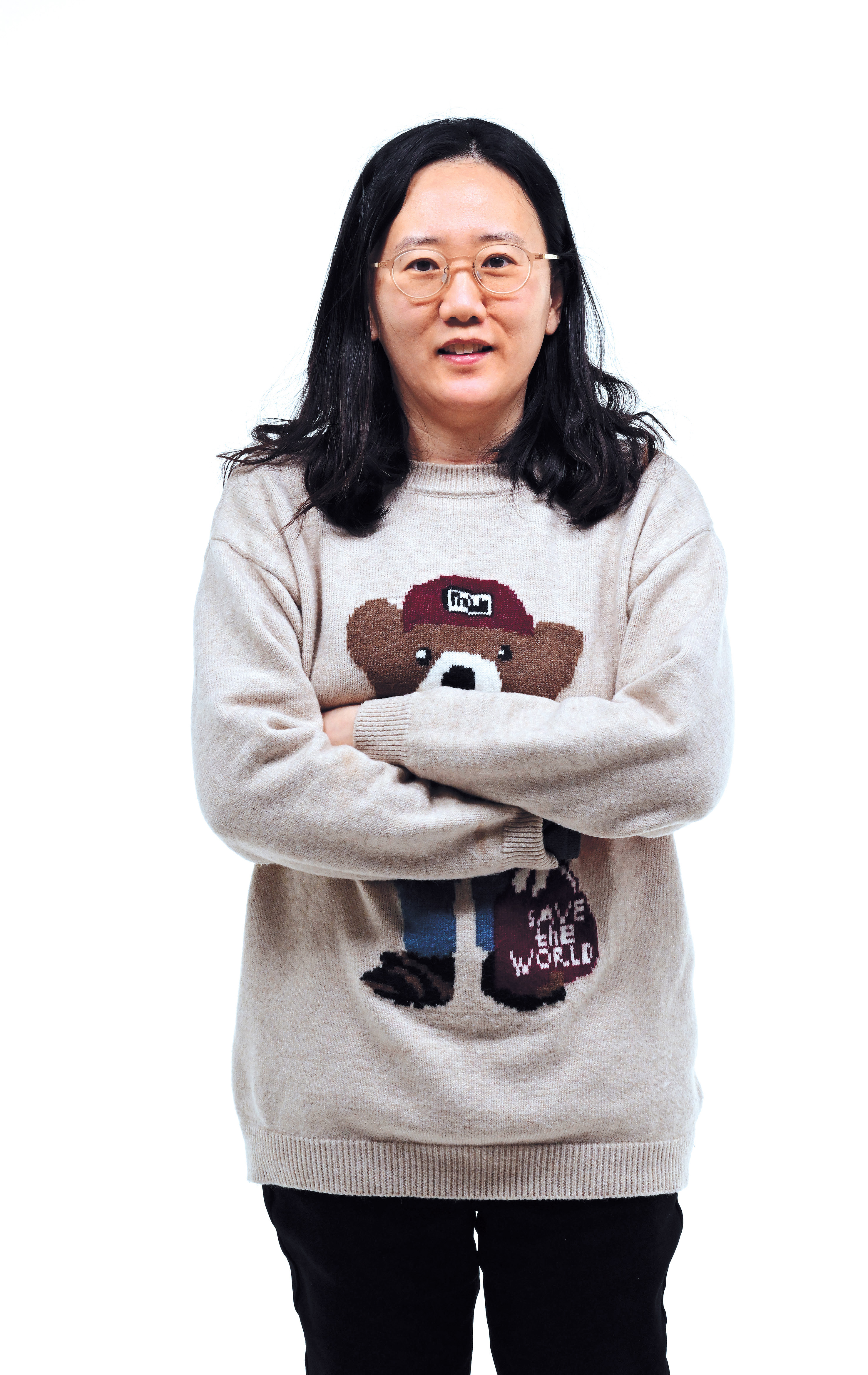





![[Today’s K-pop] Blackpink’s Jennie, Lisa invited to Coachella as solo acts](http://res.heraldm.com/phpwas/restmb_idxmake.php?idx=642&simg=/content/image/2024/11/21/20241121050099_0.jpg&u=20241121172748)